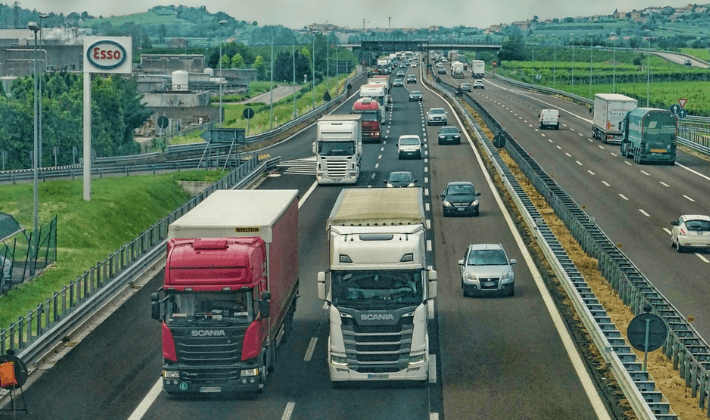
The 1970s are widely considered the golden age of trucking. Built in the 1950s, the highways were little more than two decades old, the economy was on the rise, and drivers were eager to hit the open roads. Today, it’s a different story. Highways are in disrepair, the economy is volatile, and the roads are more congested than open. The golden age may be behind us, but industry voices believe it can come again – the U.S. just needs to focus on the modern needs of the trucking sector.
Infrastructure has been a pillar of the Trump administration’s core economic plan for America since taking office in early 2017. The Department of Transportation (DOT) has gathered an ongoing array of objectives, pulling them together in a National Freight Strategic Plan.
In late December 2019, the DOT reached out to the freight transport industry to gather input. Its question was a simple one: “What are the most important challenges facing the U.S. freight transportation system?”
The trucking industry responded with 82 public comments from the American Trucking Associations (ATA) and the Owner-Operator Independent Drivers Association (OOIDA), alongside other freight industry voices. Their concerns revolve around four specific pillars that will ensure a trucking revival and the long-term viability of the industry:
- Long-term infrastructure planning and updates. An OOIDA survey from 2018 found that truckers spent an average of $5,000 in trucking repairs due to unsatisfactory road conditions. This same study also found that poor road conditions accounted for $74.5 billion in losses due to factors like congestion, road closures, and damaged roadways. The de facto improvement demand for truckers is a commitment to renewing civil infrastructure.
- Truck parking improvements. Lack of truck parking was a prevalent concern among the comments submitted to the DOT. According to the American Transportation Research Institute, as many as half of all truckers are forced to use unsanctioned parking each week due to lack of available spaces or proximity to designated truck parking. Demand for more parking is a primary concern in future infrastructure spending.
- Deregulation. Trucking regulation has grown more and more stringent over the past decade, yet crash rates continue to climb. OOIDA and ATA have proposed deregulation standards and alternatives that maintain a high degree of safety and control over trucking, while allowing the industry to flourish without its current, binding restrictions. Specifically, truckers demand hours-of-service reform.
- General legislative updates. Much of trucking’s legislation is still stuck in the golden age, despite widespread changes to the profession. Clashes between the State of California and gig workers have embroiled trucking companies in complex lawsuits. Meanwhile, strict legislation regarding trucker eligibility has trimmed the workforce down to its bone. Comments from prominent trucking groups takes a simple stance: modernize legislation with a more favorable outlook on the future.
The slow pace of the Federal Government ensures the DOT will review and assess these comments and demands over the next 12-18 months before making any move toward finalizing the National Freight Strategic Plan. The freight industry will continue to lobby in the hopes of a trucking revival. Should any of these demands be reasonably met, it’s possible trucking may yet surge into a silver age in the coming decade.
